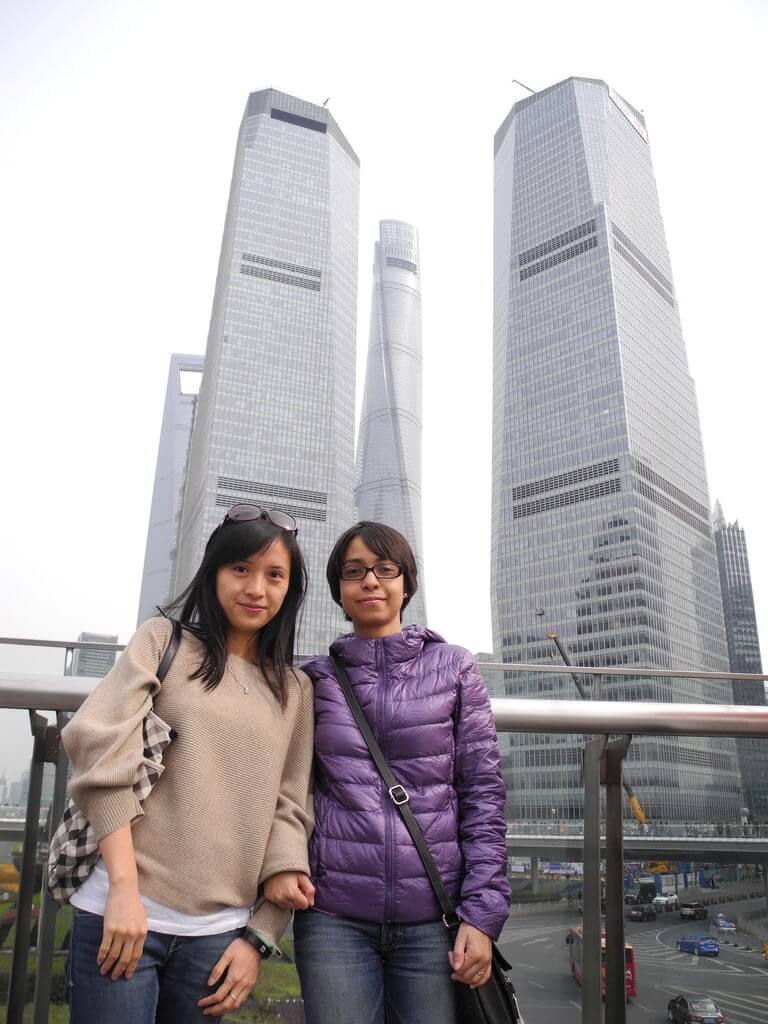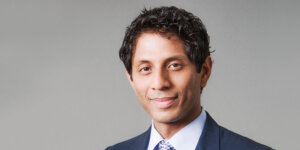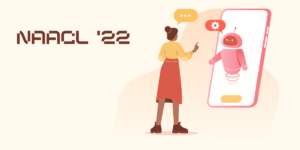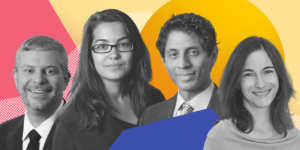
Teachers, students, staff, and alumni from Shri Narayanan’s Signal Analysis and Interpretation Lab (SAIL) gather for a reunion at Interspeech 2016 in San Francisco.
Imagine a professor, somewhere in America, doing groundbreaking research into some of the biggest challenges facing society today. This professor’s work is changing the way we diagnose Autism, how we think about mental health, address education, and most recently, uncover unconscious bias such as gender representation in media.
Now, be honest with yourself, what field did you imagine this professor works in? Psychology would have been a fair assumption. As would neuroscience, linguistics, biology, education, or even communications.
That’s one of your many implicit bias’s kicking in and telling you that someone working so closely with social problems must be in one of these fields. In fact, Professor Shri Narayanan is an electrical engineer at USC (obviously you assumed this great was work was happening at USC – not ALL assumptions are wrong).

Undergrad senior Yan Zhu has been conducting research with Shri and SAIL since her freshman year.
In fact, Implicit bias itself is one of the challenges Narayanan and his students work on. “The challenge we’re faced with when it comes to implicit bias is that by its very nature it is outside of our consciousness,” says Narayanan. “How does society solve a problem it doesn’t even know it has?”
Narayanan, the Niki and C. L. Max Nikias Chair in Engineering, founded the Signal Analysis and Interpretation Lab (SAIL) sixteen years ago with the goal of working on technology that would have a direct societal relevance. “The promise and potential of data sciences—riding the wave of converging advances in sensing, signal processing, machine learning and computing—is absolutely critical to transforming domains such as health care and security and even non-traditional engineering applications such as in the social sciences,” Narayanan says.
Over the years he’s graduated scores of students, or SAILers, as they call themselves. As mentioned above, Narayanan’s work is groundbreaking and it’s exceptionally easy to find an exhaustive list of his accomplishments online. What is less covered is the culture of mentorship and support he’s created among the members of his team at SAIL.
How do these SAILers, who’ve been researching implicit bias in Hollywood, think they can combat that trend in their own field?
An assumption about university research is that it’s done in stuffy offices by professors and their overworked PhD students. Yan Zhu is an undergraduate senior in electrical engineering who has been conducting research at SAIL since freshman year. One of several undergrads who works closely with Shri and his PhD students, Yan recounts how she first got involved with the group.
“Freshman year I was taking a class with Professor Nazarian. He told us we could reach out to him as a resource and I asked him if he had any research available for freshmen. I went to his office and together we went through a list of professors and research areas.” She said.
“Shri was the very first professor I sent an email to and he accepted me even though I was a freshman!”
In fact, SAIL has several undergraduates working closely with PhD students and post-doc researchers. This is a dynamic that’s rare in university research groups — especially one as well-regarded as SAIL. Yan, now a veteran undergraduate researcher, has advice for students on how to approach professors and what they can learn.
The most important lesson Yan learned wasn’t a technical one at all. “Patience is the most important thing I learned about from doing research,” she says. “In new research, we rarely reach our end goal directly, there are always detours and bumps along the way. I was able to see firsthand how the team remained patient, and diligent and kept working on each step one at a time.”
“The other thing I’d tell students is, don’t be scared!” says Yan. “I was very intimidated to work with PhD students, but there are a lot of things in the lab that undergrads can help with. And the PhD students are eager to teach the undergrads and help us learn – they make amazing mentors.”
“Anyone who is excited to work and has something to contribute, we try to find a place for them here. No matter what their level is”
One of Yan’s mentors, Krishna Somandepalli, is a PhD student who occupies the delicate position of acting as a role model to the undergrads, but also as a student to some of SAIL’s post-doc researchers and faculty.
“When it comes to the undergrads, I take the process of bringing them in very seriously,” he says. “When Shri tells me an undergrad wants to join the team, I go home and think about what we’re doing and how this particular undergrad can contribute. When we meet, I break down everything into steps. This helps them understand from the beginning that they are part of a team and they can see clearly how they’ll be contributing.”
This goes back to the culture Shri has established in the lab. “Anyone who is excited to work and has something to contribute, we try to find a place for them here. No matter what their level is,” says Narayanan.

Shri, playing the vina at SAIL’s music night with first year PhD student Amrutha Nadarajan. According to Hindu tradition, the vina was played by the goddess of learning.
Another important aspect of SAIL is that everyone is up in everyone else’s business. Shri makes a point getting the whole group together on a regular basis to share what they’re working on, talk, and just hang out or play music. The more open they all are with each other, the more opportunities there are for organic collaborations.
Tanaya, a post-doc researcher who came to SAIL after previously working in other labs, has the experience to compare SAIL’s culture to other places. My previous lab had a very ‘do your own thing’ approach to research,” said Tanaya. “At SAIL people work together constantly and Shri gave us a lot of freedom to pursue our own interests.”
Today, Tanaya is an Assistant Professor of Electrical Engineering at IIT-Kanpur in India, where she’s getting her very own research lab off the ground. She has already implemented many of the values she learned from Shri and is spreading SAIL culture across the globe.
Naveen, a recent PhD graduate, learned similar lessons. “What really stood out to me was the emphasis on mentorship,” he said. “When I joined, I learned a lot from Tanaya, and before I left I passed everything on to Krishna, who is currently completing the project we started and mentoring Yan.”
That project Naveen is referring to was research in collaboration with the Geena Davis Institute on Gender in Media and Google. Under Shri’s guidance, the team used signal processing and machine learning to identify and quantify implicit gender bias in Hollywood. Their findings, which came out last year, were covered by widely in the media, including the New York Times, and the Washington Post.

Tanaya, right, with fellow SAILer Zhaojun Yang in Shanghai, where Yang won a Best Paper award last year.
“Before I started working on this I had no idea about the gender gap in Hollywood, it was a real eye opener. As a woman in STEM, I am acutely aware of the gender gap in my field. But before working on this project I had no idea it was so prevalent in other areas – it became something really close to my heart,” said Tanaya.
In Hollywood, the team found that women are on screen less than half as often as men and speak less than half as much. More surprisingly, they found that even when a woman was speaking, more often than not it was a man who was being shown on the screen. All of this despite the fact that in 2015, movies with a female lead out-grossed their male-led counterparts!
Not only are these researchers doing great work to identify implicit bias in one field, they work in a field that experiences a lot of implicit bias as well. Many people don’t think about electrical engineering as a discipline that directly impacts societal problems. How do these SAILers, who’ve been researching implicit bias in Hollywood, think they can combat that trend in their own field?
“We have to start communicating better with young people. Kids need more exposure to what engineering specifically means,” says Naveen. “Rather than learning what they need to know to be an engineer, they should be shown what they can do as an engineer – what the possibilities are.”
Tanaya is quick to point out that we shouldn’t expect changes to happen overnight. Cultural shifts take time, and it’s not always easy to see the progress. “When it comes to changing the way society thinks about an issue, you have to work hard and roll with the punches.” It seems Yan wasn’t the only one who learned the value of patience.
Published on April 17th, 2017
Last updated on October 31st, 2018












